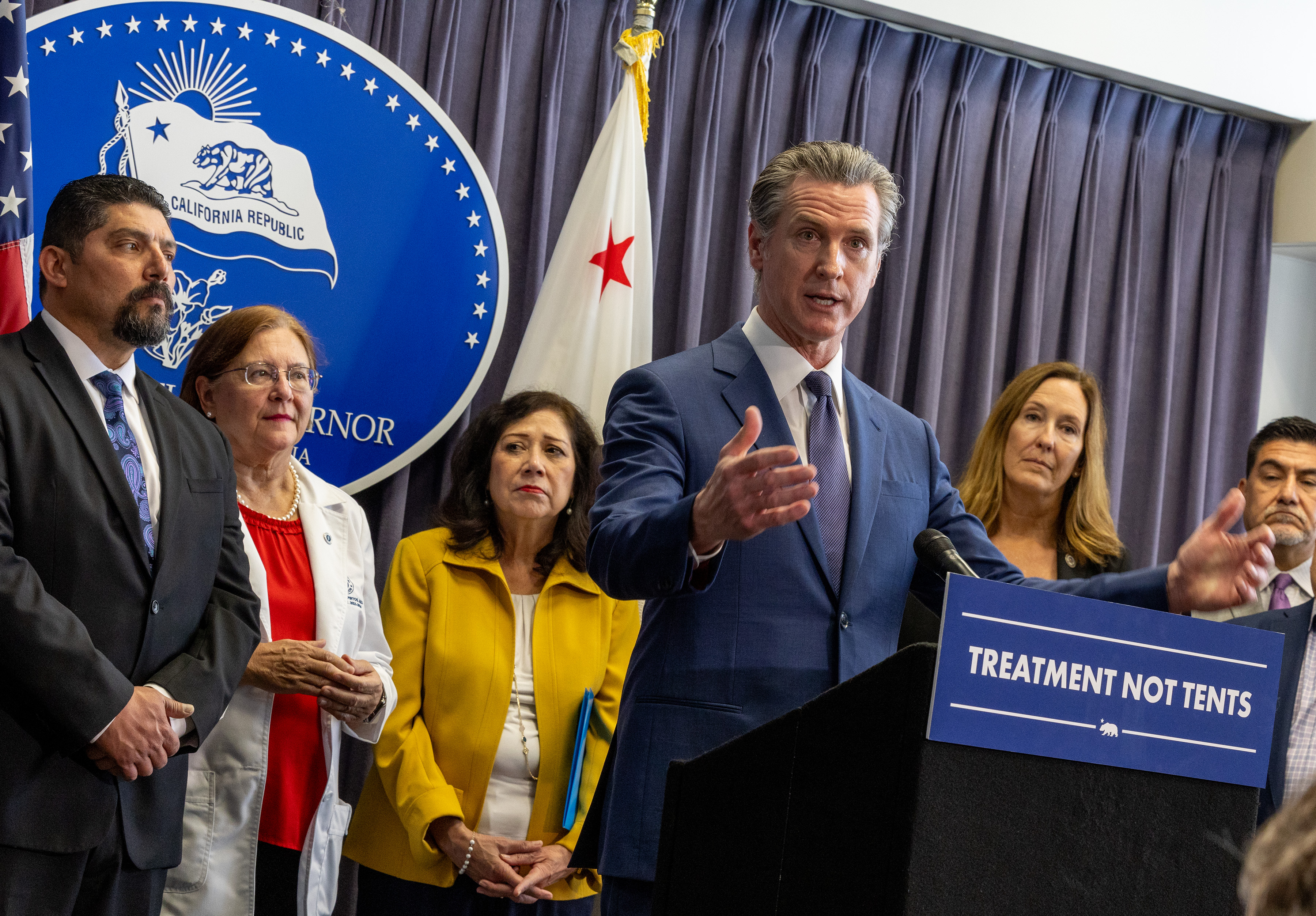It will be the death toll to a slowly recovering economy. Jobs will be lost, economic activity smothered and electricity prices jolted.
Those are some of the claims circling the EPA’s recent announcement that it will be tightening carbon emissions standards and requiring a 30 percent across-the-board reduction in pollution by 2030.
“Today’s regulations issued by the EPA add immense cost and regulatory burdens on America’s job creators,” wrote Thomas J. Donohue, president and CEO of the U.S. Chamber of Commerce. “They will have a profound effect on the economy, on businesses, and on families.”
The coal industry, as well, was none too thrilled with the new rules.
“If these rules are allowed to go into effect, the administration for all intents and purposes is creating America’s next energy crisis,” said Mike Duncan, president and CEO of the American Coalition for Clean Coal Electricity.
President Obama fired back in his weekly address, claiming that “every time America has set clear rules and better standards for our air, our water and our children’s health, the warnings of the cynics and the naysayers have been wrong.”
Local
So who’s telling the truth, the president or the coal industry? Are devastating economic impacts sure to follow?
“Carbon pricing does not wreck the economy,” explained Dr. Mark Thurber, a professor at Stanford University and associate director of the school’s Program on Energy and Sustainable Development.
“For this kind of more flexible cap-and-trade regulation, there’s not much evidence that this is really going to lead to just massive increases in electricity prices or job losses,” he added.
Indeed, the EPA has structured the new rules in such a way that states will have plenty of latitude to decide how they want to approach meeting the carbon emission caps.
Options run the gamut, from implementing a cap-and-trade system [similar to what California has done] to carbon pricing or incentivizing businesses to invest in alternative energy sources.
Either way, there are historical examples of states and countries that have attacked climate reform.
Thurber points to the Regional Greenhouse Gas Initiative, or ‘RGGI’ (pronounced like Reggie), serving 10 Northeastern and Mid-Atlantic states, as well as Europe as prime examples of places where tighter climate regulation has been tested.
The results, Thurber says, do not forecast grim economic conditions and fewer jobs.
“The difficulty with [respect to] jobs is that it’s very hard to attribute to climate reform, because there are so many factors in the economy that cause employment to go up and down,” Thurber said. “But I haven’t seen anything that’s attributed significant job losses to those programs.”
A group of four non-profit organizations commissioned a study to examine the economic impacts of RGGI, kickstarted in 2009, performed by the Analysis Group.
Download the findings here [pdf].
The researchers found that rather than kill jobs, the reforms ushered in by RGGI actually created about 16,000 new ones in the first three years of the program.
Similarly, the World Bank looked at how Europe’s carbon pricing policies were affecting economic conditions there, and concluded that “overall the findings do not substantiate concerns over carbon leakage, job loss or industry competitiveness during the study period.”
Even critics of the new regulations, such as the U.S. Chamber of Commerce, might not have the data to back up the gloomy scenarios they’re pitching.
The organization released a report a week ago that found the EPA’s updated standards would strip $51 billion a year from the economy every year from its inception to 2030.
But were this true, what is $51 billion in context?
It’s actually about 0.3 percent of annual GDP using 2012 figures, or as one economist put it, “a rounding error."
“Yes, billions and billions of dollars [in lost economic activity],” Thurber noted. “But as part of an electricity industry that’s hundreds and hundreds of billions of dollars, so I really don’t see this kind of apocalyptic character to any of this.”
Thurber said there’s a good likelihood that energy prices will in fact go up, as they did in Europe, with tighter regulations. But on the flip side, he believes that will encourage people to conserve more energy -- which is part of the point.
The EPA has forecast a modest bump in energy prices from the outset of the carbon emission caps, but predicts those caps will ultimately save consumers around 8 percent a year by 2030.
In a recent blog, the agency sought to address many of what it’s termed to be inaccuracies in the U.S. Chamber report and others.



